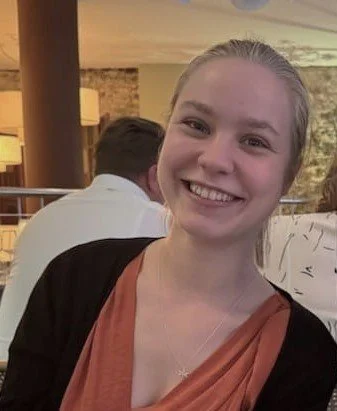DC3
Primary cilia in congenital heart disease comorbidities (WP3)
Supervisor: Prof Søren T Christensen
Host institute: University of Copenhagen, Denmark
Secondments: Radboud University Medical Center Nijmegen, The Netherlands; ZeClinics, Barcelona; University of Heidelberg, Germany
Doctoral Program: University of Copenhagen
I am Linéa Désarbre, a French student with a double bachelor’s degree in biology and computer science from Université Paris Cité, where I also recently completed my Neurosciences master’s degree in an International Master program.
Throughout my research, I am primarily interested in understanding the molecular and cellular mechanisms underlying neurodevelopmental disorders and their role in multisystem developmental impairments.
Out of academics, I am also an amateur musician and enjoy reading and sewing.
I’m thrilled to be part of this program and excited to explore cilia biology in a collaborative and international environment.
Primary cilia in congenital heart disease comorbidities
Genetic variants that impair cilia formation and function cause ciliopathies with pleiotropic, overlapping phenotypes including congenital heart (CHD) and neurodevelopmental (NDD) defects. Most patients with CHD survive into adulthood due to significant treatment improvements, although CHD adults have increased mortality and often present with severe comorbidities, including NDD. The association between CHD and NDD is not well understood, but unpublished data from large CHD patient cohorts suggest that a significant part of NDD comorbidity is caused by perturbation of cilia-related genes involved in development of both heart and brain. DC3 will leverage these findings by identifying the gene networks and ciliary functions perturbed by candidate genes involved in both heart and brain development using advanced imaging techniques, spatial resolved transcriptomics and cilia proteomics by proximity labelling in (stem) cell lines and transgenic zebrafish subjected to CRISPR/Cas9-medited gene knock-out. DC3 will pave the way for early diagnosis, support and care for CHD patients with NDD co-morbidities, and provide an opportunity for identification of novel mechanisms involved in development and maturation of both human heart and brain.

